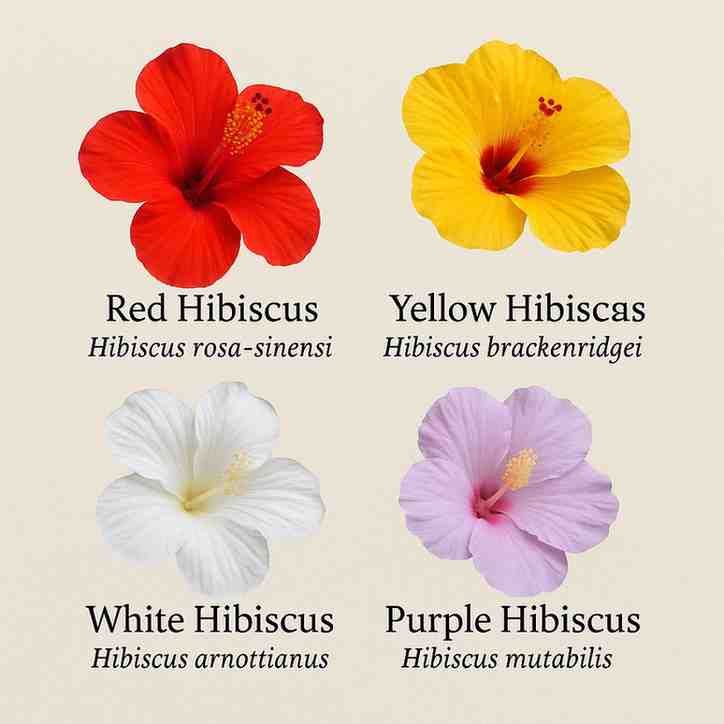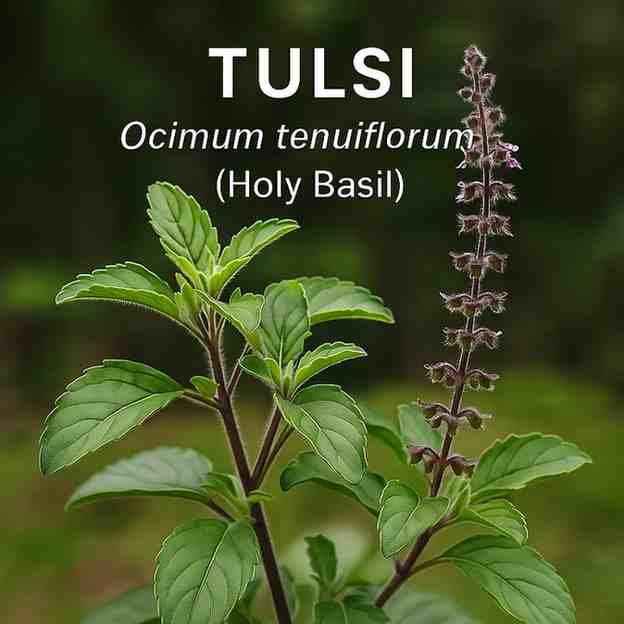What is the scientific name for corn (maize)? The corn scientific name is Zea mays.
Corn is one of the most widely cultivated crops worldwide, providing numerous raw materials for various purposes, including food, construction, and industrial uses. It has long, stalky stems and golden kernels, and has been a part of human civilization for thousands of years. Scientific classification not only helps identify the plant but also emphasizes its importance in agriculture, nutrition, and culture.
This article will discuss in detail the maize scientific name, genus, classification, meaning, pronunciation, uses, benefits, and types of corn.
Table of Contents
What is the Scientific Name for Corn (maize)?
Zea mays is the binomial name for maize (corn). The name Zea mays was first described by Carl Linnaeus and is still the official biological name used in scientific classification.
Meaning and pronunciation of Corn Scientific Name
Meaning:
- The genus name Zea, derived from the Greek word “zeo,” means “grain.”
- The species name may be an adaptation of the word corn: it comes from the Taíno language, a native language of the Americas.
Pronunciation:
- Zea: Pronounced like “ZEE-uh” or “ZAY-uh”.
- mays: Pronounced just like the English word “maze”.
Biological Classification of Corn (maize)
| Taxonomic Rank | Classification |
|---|---|
| Kingdom | Plantae |
| Clade | Angiosperms |
| Clade | Monocots |
| Order | Poales |
| Family | Poaceae (Grass family) |
| Subfamily | Panicoideae |
| Genus | Zea |
| Species | Zea mays (Corn / Maize) |
Physical Characteristics of the Corn Plant
- Height and Size:
- Corn plants usually reach a height of 6 to 12 feet.
- In good conditions, some varieties can even develop up to 20 feet.
- Weight:
- A single ear of corn has an average weight of 200 to 350 grams.
- The weight of the yield varies by the type, with field corn producing the heaviest kernels compared to sweet corn.
- Leaves:
- The leaves are long, narrow, and blade-like with a pattern of parallel veins.
- Roots:
- The tall growth and nutrient absorption are made possible by a fibrous root system that supports the plant.
- Flowers:
- The male flowers develop tassels at the top.
- The female flowers develop the ears with a specified number of rows of kernels.
Corn Size, Weight, and Height Table
Corn plants can vary in size depending on the variety and growing conditions.
| Feature | Range |
|---|---|
| Average Height | 6–12 feet (1.8–3.6 m) |
| Cob Length | 6–10 inches (15–25 cm) |
| Grain Weight | 200–300 mg per kernel |
| Plant Weight | 500 g to several kg |
Types of corn (Zea mays varieties)
The corn plant is botanically very diverse, and that is why it is classified into several varieties, each of which is harvested for its particular application in human, animal, and industrial uses. These varieties differ in texture, kernel structure, and flavor, thus making corn one of the most versatile crops worldwide. The main types of corn are described below, along with their usual purposes.

1. Dent Corn (Zea mays var. indentata)
Dent corn (Field Corn) gets its name from the small dent that forms on each kernel when it dries. It is the most widely grown variety of corn in the United States and some other countries. This type of kernel is not usually eaten raw. Instead, it is processed to make animal feed, corn flour, industrial starch, biofuel, and ready-to-eat foods. Its high starch content also provides corn for large-scale agriculture and the manufacturing sector.
2. Flint Corn (Zea mays var. indurata)
The flint corn kernel is covered with a hard outer layer, which prevents soil and moisture from penetrating the soft interior. As a result, flint corn is very durable, which refers not only to its quality but also to its growing conditions, and it can be grown even in cold regions with less favorable climates. Latin Americans are the primary consumers of this type of corn as they process it into masa for the preparation of tortillas, arepas, and even a variety of snack foods. Flint corn is also very colorful, coming in red, blue, and mixed colors that are sometimes considered ornamental plants during the fall season.
3. Sweet corn (Zea mays var. tunicata)
Sweet corn is gathered during the stage when the kernels are still tender and bursting with natural sugar. Corn is primarily consumed fresh, with the most common uses being eating it on a cob, canning it, and freezing the kernels. The reason for the quick conversion of the sugars into starch is that the sweetness of the corn is preserved till the very end by selecting young ones. It is commonly used in salads, soups, and as a side dish.
4. Popcorn (Zea mays everta)
Popcorn, a variety of corn, is small compared to other corn types. However, the hard kernels are the reason moisture is trapped inside. When heated, the moisture turns into steam, causing the kernels to burst and eventually turn into the fluffy snack that we all love. The popcorn varieties are specially bred for this purpose and are not interchangeable with other types of corn. It is one of the first forms of corn to be domesticated.
5. Flour Corn (Zea mays var. amylacea)
Flour corn has soft, starchy kernels that can be easily ground into a fine powder. This property makes it suitable for the production of cornmeal, which is an ingredient in baked goods, tortillas, cakes, and traditional dishes in various cultures. Corn is usually grown in areas that rely on ground grains.
6. Pod corn (Zea mays convar)
Pod corn is the most unusual type of corn family. With this particular variety, each kernel has its own husk, which is responsible for the strange appearance. Pod corn is not intended for food or commercial production. Its main uses are in research, education, and sometimes even for ornamental purposes. The genetics and evolution of modern corn are revealed through the study of pod corn.
| Type of Corn | Description | Main Use |
|---|---|---|
| Sweet Corn | High sugar content, tender kernels | Eaten fresh, canned, frozen |
| Dent Corn | Dents form on kernels when dry | Animal feed, processed foods |
| Flint Corn | Hard outer shell, colorful kernels | Cornmeal, traditional dishes |
| Popcorn | Small, hard kernels | Pops into fluffy snack |
| Flour Corn | Soft starch-filled kernels | Ground into flour |
| Waxy Corn | High amylopectin starch | Industrial use, adhesives |
| Pod Corn | Kernels enclosed in husk-like structures | Mostly decorative, genetic research |
| Blue Corn | Naturally blue kernels rich in anthocyanins | Tortillas, chips, traditional foods |
| Red Corn | Reddish kernels with antioxidants | Specialty dishes, decorative use |
| Purple Corn | Deep purple kernels, high in pigments | Natural food coloring, beverages |
| White Corn | Pale kernels, mild flavor | Tortillas, hominy, snacks |
| Yellow Corn | Bright yellow kernels with carotenoids | Cooking, canning, animal feed |
Habitat and Growing Conditions
Corn is a warm-weather plant that needs sunlight and good soil to grow well. It was first grown in Mexico, but it is now grown all over the world, especially in countries with large agribusinesses. If the right conditions of climate, soil, and water are provided, corn will still be one of the most productive and useful crops on the planet.
Key Points About Corn Cultivation
- Fast-growing in heat and sun
- Soil heavy in nutrients and well-drained is needed
- Early growth requires high moisture
- The use of water leads to high production
- Countries with great agricultural land are the major growers
- Mexico is the original home of corn, which, by nature, spread across continents over several centuries
| Category | Details |
|---|---|
| Native Region | Central America (Mexico) |
| Ideal Climate | 60–95°F (15–35°C), warm and sunny |
| Soil Type | Loamy, nutrient-rich, well-drained |
| Water Requirement | Moderate to high |
| Major Producers | United States, China, Brazil, India, Mexico |
Uses of Corn
Food Uses:
- Fresh corn (boiled, roasted, grilled).
- Processed into flour, tortillas, polenta, and breakfast cereals.
- Used for popcorn, sweeteners (corn syrup, high-fructose syrup), and cooking oil.
Industrial Uses:
- Ethanol production for biofuel.
- Cornstarch for thickening, packaging, and cosmetics.
- Used in biodegradable plastics.
Animal Feed:
A major component of livestock and poultry feed worldwide.
Health Benefits of Corn
- Rich in Carbohydrates: Provides energy.
- Good Source of Fiber: Supports digestion.
- Contains Antioxidants: Zeaxanthin and lutein promote eye health.
- Gluten-Free Grain: Safe for celiac-friendly diets.
- Supports heart health: Fiber and plant compounds can lower cholesterol.
Nutrition Facts of Corn (Per 100g Cooked)
| Nutrient | Amount |
|---|---|
| Calories | 96 kcal |
| Carbohydrates | 21 g |
| Protein | 3.4 g |
| Fat | 1.5 g |
| Fiber | 2.4 g |
| Vitamin C | 7% DV |
| Magnesium | 9% DV |
| Folate | 10% DV |
Corn (maize) Names in Different Countries
| Country | Local Name for Corn |
|---|---|
| United States | Corn |
| United Kingdom | Maize / Sweetcorn |
| India | Makki / Bhutta / Corn |
| Pakistan | Makki |
| Mexico | Maíz |
| Spain | Maíz |
| France | Maïs |
| China | 玉米 (Yùmǐ) |
| Japan | とうもろこし (Tōmorokoshi) |
| Nigeria | Masara |
| South Africa | Mielie / Mealies |
| Brazil | Milho |
| Italy | Mais / Granoturco |
| Germany | Mais |
Conclusion
Zea mays, the scientific name for corn, represents one of the world’s most valuable crops. With its diverse varieties, uses, nutritional benefits, and cultural significance, maize continues to play a central role in human nutrition, agriculture, and industry. From a simple grain to a global agricultural powerhouse, maize has become an integral part of everyday life.
Also Read:
- Scientific Names of Common Plants: Flowers, Herbs, and Trees
- Rice Scientific Name, Genus, Habitat, FACTS, Uses, and Types
- Maple Scientific Name, Age, Genus, Types, Uses, and Benefits
FAQs on Corn Scientific Name
What is the scientific name for corn?
The corn scientific name is Zea mays.
What is the scientific name of maize?
Maize and corn are the same; the scientific name is Zea mays.
What genus does corn belong to?
Corn belongs to the genus Zea.
What is the average height of a corn plant?
Corn plants grow between 6–12 feet tall.
What family does corn belong to?
Corn belongs to the Poaceae family, the grass family.

